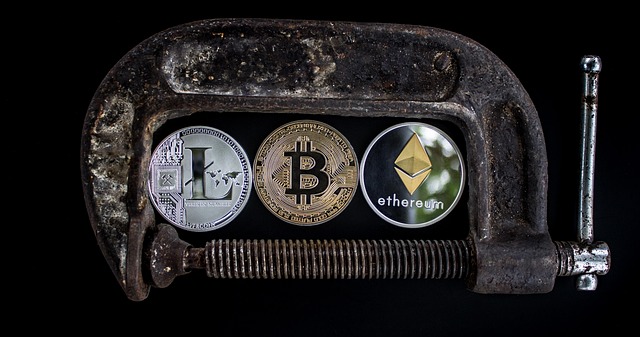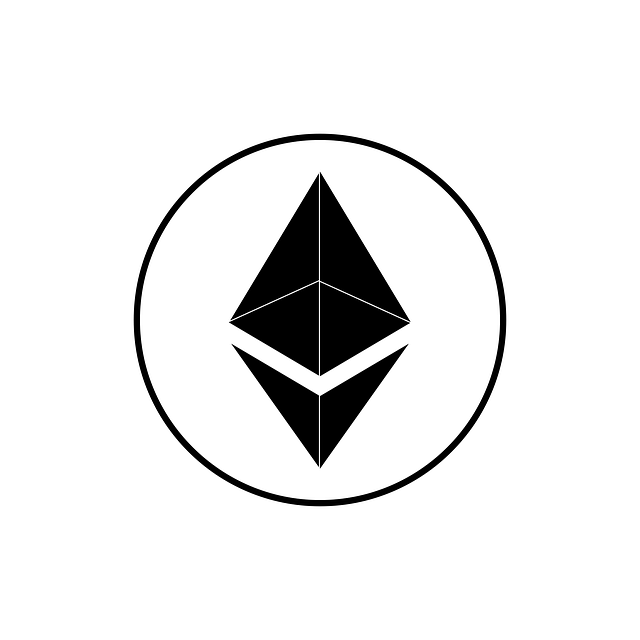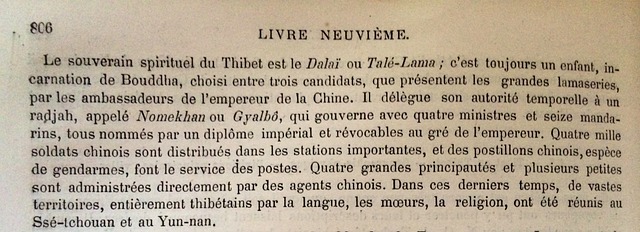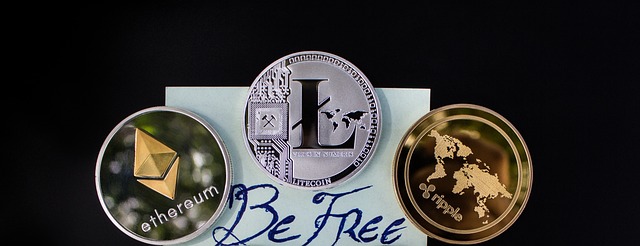
Ethereum, a blockchain platform, has transformed digital interactions with smart contracts and decentralized applications (dApps). Its core functionality enables self-executing contracts and supports diverse token standards like ERC-20 and ERC-721, facilitating decentralized finance (DeFi), community funding, virtual art, and collectibles. ERC-20 powers fungible tokens for interchangeable value, while ERC-721 introduces non-fungible tokens (NFTs) for unique digital asset ownership verification. New standards like ERC-908 and ERC-1155 expand Ethereum's versatility, driving DeFi services and NFT popularity. Despite challenges, Ethereum's evolving token standards revolutionize asset issuance, cross-chain interactions, and dApp development, positioning it as a blockchain technology leader.
“Dive into the world of Ethereum, a revolutionary blockchain platform shaping the future of digital interactions. This article unravels the complexities of its token standards, from ERC-20 facilitating fungible tokens to ERC-721‘s role in non-fungible assets (NFTs). Explore diverse token types and their applications in the crypto space. We analyze benefits, challenges, and future prospects, highlighting Ethereum’s evolving ecosystem and its profound impact on global transactions.”
- What is Ethereum and its Role in Smart Contracts?
- ERC-20: The Standard for Fungible Tokens
- Understanding ERC-721: Non-Fungible Tokens (NFTs) Explained
- Beyond ERC-20 and ERC-721: Exploring Other Token Standards
- Use Cases of ERC-20 and ERC-721 in the Crypto World
- Benefits and Challenges of Implementing Token Standards
- The Future of Ethereum's Token Standards and Their Impact
What is Ethereum and its Role in Smart Contracts?
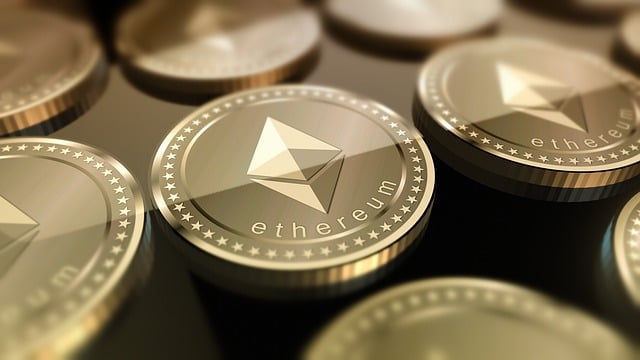
Ethereum, a decentralized, open-source blockchain platform, has revolutionized digital interactions by enabling smart contracts and decentralized applications (dApps). At its core, Ethereum facilitates the execution of self-executing contracts with predefined rules, eliminating the need for intermediaries. This technology is particularly powerful due to its ability to process transactions securely and transparently across a distributed network.
The platform’s versatility lies in its token standards, such as ERC-20 and ERC-721. ERC-20, for instance, defines a standard for fungible tokens, allowing for the creation of multiple cryptocurrencies that share similar properties. This enables various applications, from decentralized finance (DeFi) protocols to community funding mechanisms. On the other hand, ERC-721 is designed for non-fungible tokens (NFTs), providing a unique digital signature for each token, making them ideal for representing ownership of virtual art, collectibles, and in-game assets.
ERC-20: The Standard for Fungible Tokens

ERC-20 is a token standard on the Ethereum blockchain designed for creating fungible tokens, meaning all tokens of this type are interchangeable and have equal value. It provides a uniform structure and set of rules for smart contracts representing digital assets, enabling seamless integration with Ethereum’s ecosystem. This standard has become a cornerstone in the world of decentralized finance (DeFi) due to its flexibility and widespread adoption.
The ERC-20 protocol outlines key functionalities such as token transfer, approval, and balance retrieval, ensuring that any token built on this standard can be easily traded, exchanged, or used within various applications. Its simplicity and compatibility have led to an explosion of decentralized applications (dApps) leveraging Ethereum’s power to create new types of tokens, fostering innovation in the blockchain space.
Understanding ERC-721: Non-Fungible Tokens (NFTs) Explained
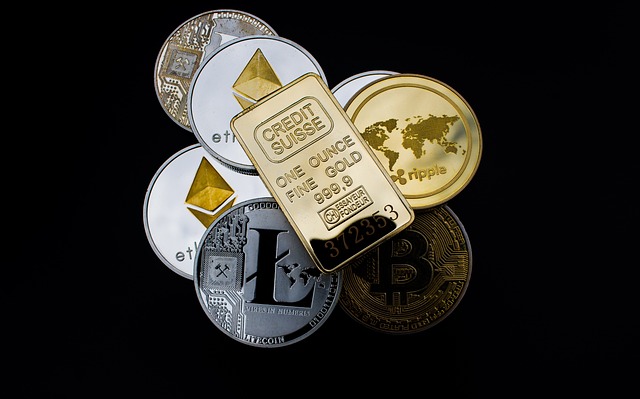
ERC-721 is a token standard on the Ethereum blockchain that introduces the concept of Non-Fungible Tokens (NFTs). Unlike ERC-20 tokens, which are interchangeable and represent digital currencies or assets of equal value, ERC-721 tokens are unique and distinct from one another. Each NFT has its own unique identifier, making them ideal for representing ownership of digital items like art, collectibles, gaming items, and even virtual real estate.
NFTs have gained significant popularity in recent years due to their ability to provide verifiable ownership and authenticity for digital assets. They enable artists, creators, and collectors to mint, buy, sell, and trade these unique items on various marketplaces. The Ethereum blockchain’s support for NFTs through standards like ERC-721 has played a crucial role in fostering a new digital economy where digital scarcity and ownership are truly recognized and valued.
Beyond ERC-20 and ERC-721: Exploring Other Token Standards
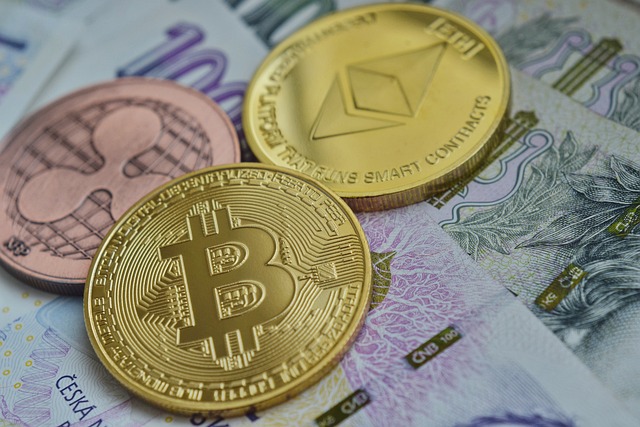
While ERC-20 and ERC-721 are among the most well-known token standards on Ethereum, they represent just the tip of the iceberg when it comes to the diverse ecosystem of tokens in this blockchain. As Ethereum continues to evolve, new token standards emerge to cater to specific needs and use cases.
For instance, ERC-908 introduces improvements for token minting and burning processes, enhancing efficiency and security. Other standards like ERC-1155 allow for the creation of both fungible (similar tokens) and non-fungible tokens (unique items) within a single contract, opening up new possibilities for digital asset representation and trading. These innovations contribute to Ethereum’s versatility, enabling developers to build more sophisticated applications that leverage tokenized assets beyond traditional cryptocurrencies.
Use Cases of ERC-20 and ERC-721 in the Crypto World
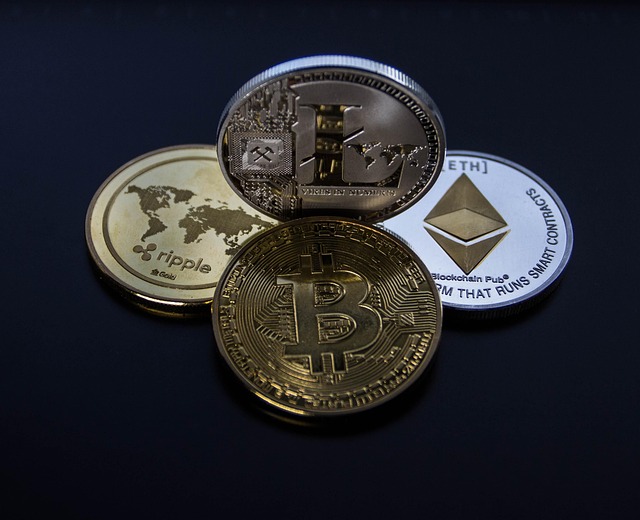
ERC-20 and ERC-721 are two prominent token standards on the Ethereum blockchain, each with distinct use cases that have revolutionized the crypto world. ERC-20, for instance, is primarily used for creating fungible tokens. These tokens are interchangeable, meaning every token is identical in value and function, much like traditional currencies. This standard has been instrumental in facilitating decentralized finance (DeFi) applications, enabling users to borrow, lend, and trade digital assets seamlessly. From stablecoins to utility tokens, ERC-20 powers a wide array of financial services within the Ethereum ecosystem.
On the other hand, ERC-721 is designed for non-fungible tokens (NFTs). These unique digital assets represent ownership of distinct items or pieces of content, such as virtual art, collectibles, and even real estate in the metaverse. ERC-721 allows for secure ownership verification and transfer, making it a favorite among artists, collectors, and developers building decentralized applications that leverage blockchain technology to create rare and one-of-a-kind digital assets. The popularity of NFTs has surged due to this standard, opening new avenues for creators to monetize their digital creations in the ethereum-based virtual world.
Benefits and Challenges of Implementing Token Standards
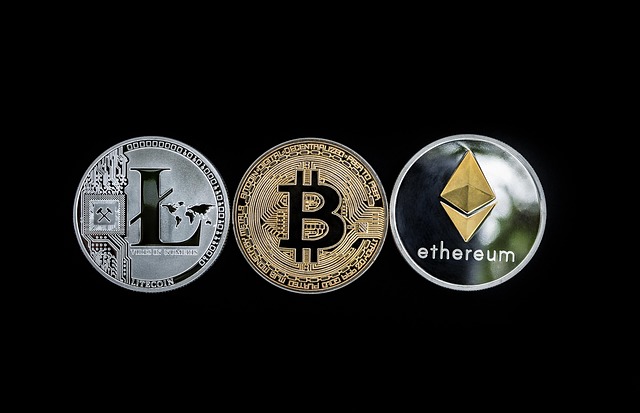
Implementing token standards on Ethereum offers several advantages for developers and users alike. ERC-20, for instance, streamlines the creation of fungible tokens, enabling seamless transactions and easy integration with existing financial systems. These standards promote interoperability, allowing different applications to communicate and exchange value smoothly. Furthermore, they provide a level of security and transparency through smart contracts, ensuring that token issuance and transfer are governed by predefined rules.
However, challenges exist when adopting these standards. ERC-20, while powerful, has limitations in representing non-fungible or unique digital assets. For such cases, developers often turn to ERC-721, which enables the creation of distinct tokens with individual properties. Balancing compatibility with existing systems and catering to diverse tokenization needs can be complex. Additionally, ensuring compliance across multiple standards and keeping up with evolving regulations present ongoing technical and legal challenges for Ethereum’s token ecosystem.
The Future of Ethereum's Token Standards and Their Impact

The future of Ethereum’s token standards holds immense potential for the ecosystem and beyond. As the Ethereum network continues to evolve, new standards are emerging, pushing the boundaries of what’s possible in decentralized finance (DeFi) and non-fungible tokens (NFTs). Beyond ERC-20 and ERC-721, we’re witnessing innovative proposals like ERC-1155, which combines the features of both fungible and non-fungible tokens, offering greater flexibility for creators.
These advancements suggest a future where Ethereum becomes an even more versatile platform, catering to diverse use cases from digital assets to complex financial instruments. The impact could be profound: streamlining asset issuance, simplifying cross-chain interactions, and fostering a new wave of decentralized applications (dApps) that challenge traditional financial systems. This evolution underscores Ethereum’s position as a leading force in shaping the future of blockchain technology and digital ownership.
Ethereum’s token standards, such as ERC-20 and ERC-721, have played a pivotal role in shaping the crypto world by facilitating smart contracts and enabling diverse applications. While ERC-20 standardizes fungible tokens like cryptocurrencies, ERC-721 is revolutionary in representing non-fungible tokens (NFTs). As Ethereum continues to evolve, exploring beyond ERC-20 and ERC-721 opens up new possibilities for tokenization, enhancing functionality and creating novel use cases. The future of Ethereum’s token standards promises to revolutionize digital ownership and transactions, solidifying its position as a leading blockchain platform.

